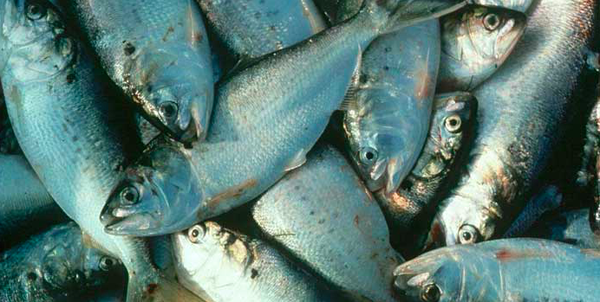Officials with the New Jersey Department of Environmental Protection say millions of dead fish found in Monmouth County's Waackcaack Creek likely perished as a result of natural causes.
The creek runs through Keansburg and likely served as an escape route for a legion of Atlantic menhaden or bunker fish fleeing a larger predator species, NJDEP spokesman Lawrence Hajna told ABC News.
Hajna said the fish appear to have died from suffocation caused by low oxygen levels in the shallow and unusually warm water.
A second NJDEP spokesman, Bob Considine, told Reuters that the mass fish kill was the second to occur in Waackcaack Creek this week.
Another possible cause of the incidents is pollution, according to Greg Remaud, Deputy Director of the NY/NJ Baykeeper.
“This is primarily a natural phenomenon, but it is exacerbated by polluted runoff, including fertilizers from lawns, which is why preserving stream corridors and buffers is important,” Remaud told local news station PIX11.
Atlantic menhaden are themselves often used as fertilizer or bait. After birth, they spend a year in estuaries before returning to the ocean. According to the Chesapeake Bay Foundation, bunker populations have dropped at an alarming rate over the last 70 years. More than 80 billion thrived in 1958, yet less than 10 billion are in the Atlantic today. The population did rebound, however, after a similar precipitous drop in the 1960's.
Residents in Keansburg, meanwhile, have been left reeling from an extremely stinky situation.
"These fish smell really, really terrible," a young Keansburg girl told NJ.com. "Don't come over here if we were you."


